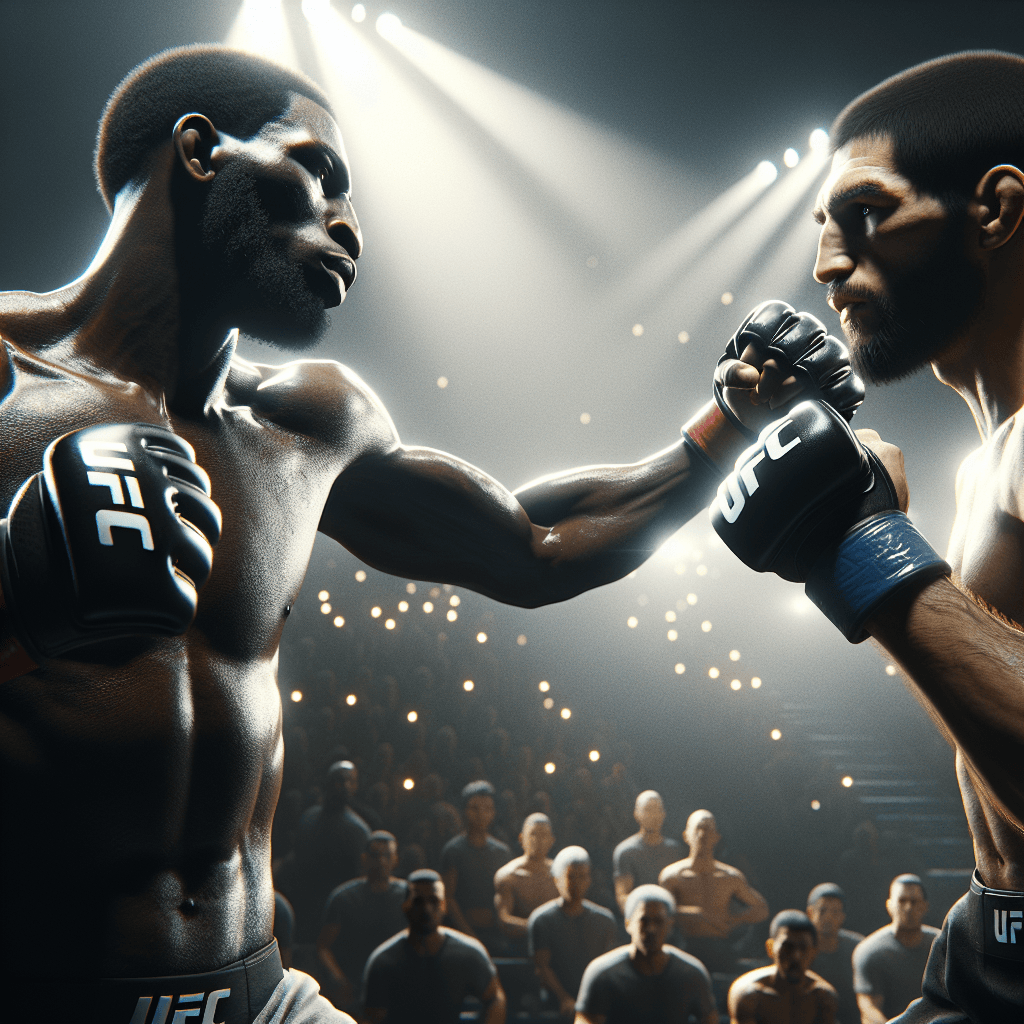The Evolution of UFC: From Niche to Mainstream
How the Ultimate Fighting Championship Became a Global Phenomenon

The Ultimate Fighting Championship (UFC) has undergone a remarkable transformation since its inception in 1993. What began as a niche event showcasing various martial arts disciplines has evolved into a mainstream sports organization with a massive global following. In this blog, we will explore the steps that led to the UFC's exponential growth and its impact on the world of sports.
Initially, the UFC was branded as a no-holds-barred competition, attracting fighters from diverse backgrounds. The first event, UFC 1, was controversial, with little regard for the safety of the fighters or the audience's perceptions. However, as the sport gained traction, the need for regulations became evident, leading to the implementation of rules and weight classes.
One of the pivotal moments in the UFC's journey was the purchase by Zuffa LLC in 2001. Under new ownership, the organization worked tirelessly to promote mixed martial arts (MMA) as a legitimate sport. They established weight classes, implemented safety protocols, and began to market UFC events through mainstream media. This effort not only attracted a wider audience but also gained the respect of critics who once dismissed MMA as barbaric.
The debut of The Ultimate Fighter reality television series in 2005 was another game-changer. This show not only introduced fans to fighters but also provided a behind-the-scenes look at the rigorous training and dedication involved in becoming an elite MMA competitor. The reality series played a crucial role in building larger-than-life personalities, like Forrest Griffin and Stephan Bonnar, who became household names.
As the UFC continued to grow, international expansion became a focal point. The organization began hosting events in various countries, allowing fans from around the globe to witness live fights. UFC's move into markets such as Asia and Europe further solidified its status as a worldwide phenomenon.
In the digital age, UFC has embraced technology to enhance viewer engagement. The launch of UFC Fight Pass, a subscription-based streaming service, allowed fans to access live events, archives, and exclusive content. This innovation catered to a growing audience that preferred on-demand access to their favorite sports.
Moreover, the rise of social media has enabled fighters to connect with fans like never before. Platforms like Instagram and Twitter allow athletes to share their lives, training regimens, and personalities, making them relatable figures beyond the octagon.
Looking towards the future, the UFC shows no signs of slowing down. With a continual influx of talented fighters and an expanding global reach, it is poised to further redefine the landscape of professional sports. As the organization continues to innovate and adapt to changing fan interests, the ultimate goal remains the same: to showcase the pinnacle of martial arts competition.
In conclusion, the UFC's journey from a controversial fighting event to a celebrated global sports franchise exemplifies the power of evolution and adaptability. As it continues to break barriers and set new trends, one thing is certain—the UFC is here to stay.